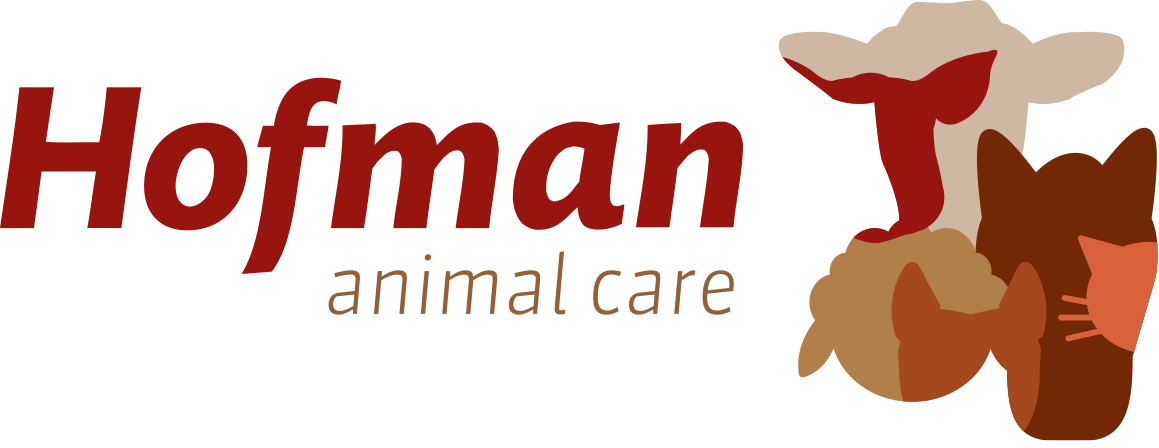About 50% of the work involved in sheep farming comes during the lambing season. It is therefore important to be well prepared for this time. Make sure not only to check the (birthing) stable but also to have all the necessary aid and disinfection products in stock.
The most important products for the lambing season:
- Disposable gloves
- Lamb deliver rubber cord
- Breath spray (Respi Boost)
- Colostrum (Colstart Plus)
- Lubricanting gel
- Energy booster (Enerfit Lam)
- Uterus pills (Pessaria Capsules)
- Cleaning of vagina (Citonol)
The birth of the lamb
With pregnant ewes, there are some general signs that the birth is imminent. For example, you may recognize that the ewe:
- Isolates herself. Sheep are herd animals and as soon as an animal isolates itself, there is (almost) always something going on. This may indicate an approaching delivery, but it may also indicate illness.
- Is restless. The ewe searches for a place to give birth and becomes restless. This can be expressed by continuously standing up, walking around and lying down again. Other ewes can also be chased away.
- Is scratching, licking or circling a lot. A ewe might, when giving birth, scratch a lot with her front legs in the straw or walk around in circles. This can often been seen on the straw, where a clear trail will be visible. Sometimes a ewe will also frequently lick her lips with her tongue.
- Is looking backwards. It is possible that the ewe looks backwards - and to the belly - a lot, because she feels something strange there.
An average birth can be divided into three periods:
- First stage: the udder will swell and the udder skin will become red and taut. The vulva will also swell and turn red and the tissue around the birth canal will become looser.
- Second stage: during this period, contractions will open the uterus and dilation takes place. The amniotic sacs are also pushed into the vagina, where they will eventually pop out due to the increased pressure. By leaving the ewe in the flock until this period and then placing it in a birthing stable, it is said that the labour process is smoother. Also, the birthing stables remain cleaner because they do not get wet from the amniotic fluid.
- Third stage: the ewe becomes more restless and the contractions are supported by pushing. The foetus enters the vagina and is then pushed out. This can take anywhere from half an hour to several hours.
Most lambs are born in the head position. This means that the head, together with the front legs, comes out first. About 10% of lambs are born breech and will need help. Make sure that the lamb lies well, but be carefull in doing so. Should this fail, please seek the assistance of a veterinarian as soon as possible.
If in doubt, always consult your vet!
After the lamb is born
After the birth, it is important that breathing starts well and quickly. Remove the birth semen from the nose and mouth immediately. It may also help to pour cold water over the head and neck or to swing the animal by the hind legs. After about 30 seconds, place the lamb on the floor in the chest-down position and apply Respi-Boost breathing stimulus in both nostrils and mouth. If necessary, the lamb can be given artificial respiration by standing behind it and hooking your fingers behind the rib cage and pulling them out, pressing the rib walls back together with your flat hands. This should be done at a rate of about 10 breaths per minute.
Choose the best colostrum
Weak lambs can easily be kept warm with a heat lamp. It is also important that the newborn lambs receive good colostrum. Colostrum contains esential vitamins and antibodies and is also rich in energy. If it is impossible to use colostrum directly from the ewe, you can switch to artificial colostrum, such as Colstart Plus. Its composition is very similar to the original colostrum and it offers the best start for the lamb.
If a lamb is too weak to drink by itself, you can administer (artificial) colostrum using a stomach tube. Prepare the colostrum according to the instructions on the sachet and fill the syringe. Then take the lamb onto your lap with its back against your belly. Insert the tube into its mouth and push it gently into the oesophagus. It is important that the lamb swallows well and that the tube does not enter the trachea. If it does, you will soon notice the lamb coughing or struggling. Make sure not to feed through the tube longer than two days.
If you have no experience with tube feeding or have any questions about it, always consult your vet!
Keep the enclosure clean
Around the birth and the first days of the lamb's life, it is important that the enclosure is kept clean and dry. Plenty of straw prevents umbilical infections and diarrhoea. The risk of umbilical infections can also be reduced by disinfecting the navel with iodine immediately after birth.
The best chance for success during the lambing season!
Most lambs die from hypothermia or poor hygiene or aftercare. Alsways ensure that the birth process is as hygienic as possible, that the accomodation is as clean as possible, that wounds and gasps are properly disinfected, that the lambs drink quickly and correctly and that they are kept warm. In this way the loss of lambs will be as low as possible!


